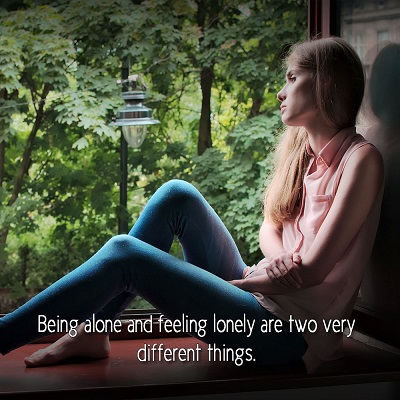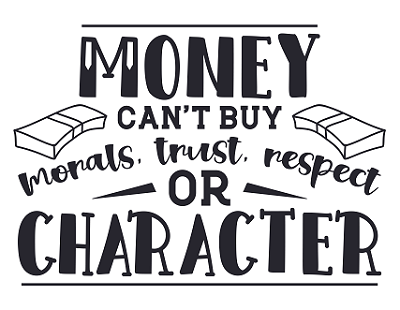 When you’re spending time alone, it can be easy to believe that you’re feeling lonely – especially if you aren’t particularly thrilled about spending time on your own.
When you’re spending time alone, it can be easy to believe that you’re feeling lonely – especially if you aren’t particularly thrilled about spending time on your own.
However, there are some key differences that make feeling lonely much different than simply being alone. To get a better idea of the distinctions between feeling lonely and being alone, consider these key differences.
Difference 1 – People who are lonely still feel that emotion even when they’re surrounded by other people.
A common misconception about loneliness is that spending more time in groups or around other people will magically make that emotion disappear. This is far from the truth.
In fact, people experiencing true loneliness still feel that way, even in situations where they’re surrounded by other people. A person suffering from loneliness can be isolated from others entirely or in a large crowd – either way, their loneliness doesn’t go away.
Difference 2 – People who are spending time alone are in a temporary situation; they have meaningful relationships with others that will continue once they’re with people again.
Pretend you’re spending a weekend alone. Perhaps you rent a cabin or a hotel room and decide to have a relaxing weekend alone to practice self care and get some much needed rest. However, about halfway through your weekend trip, you realize you’re tired of being alone on the trip and believe that you’re feeling lonely.
In this situation, you aren’t experiencing true loneliness. For example, you could pick up your cell phone and call your best friend or your parents and have a meaningful conversation with them. Just because you’re alone doesn’t mean your relationships are strained or gone. With people experiencing true loneliness, relationships are hard to create and maintain.
Difference 3 – Loneliness is an emotion; being alone is a state of existence.
This is the major key difference between loneliness and being alone. People experiencing loneliness are going through deep emotions and discomfort. These emotions require lots of processing and perhaps even professional intervention to overcome these difficult mental barriers and challenges.
When a person is alone, they aren’t necessarily feeling lonely. In that point and time, they are simply without the company of other people. This isn’t necessarily impactful on their emotions – for instance, many folks enjoy having some alone time so they can relax and recuperate. While not everyone enjoys being alone, those emotions are quite different from someone experiencing chronic loneliness.
Difference 4 – Loneliness often sparks a lot of other uncomfortable emotions.
Being alone can cause folks to feel a variety of emotions. Depending on the person and their preferences for alone time, a person could tell you that spending time alone makes them feel….
- Relaxed
- Uneasy
- Bored
- Satisfied
- Comfortable
- Tired
- ….or any other wide variety of feelings!
When someone is alone, it’s easy for them to either enjoy their time or alleviate their feelings if they’re uncomfortable. For example, someone who is tired of spending time alone can call a friend and make plans to meet up, effectively ending their alone time.
People experiencing loneliness often experience much more difficult, complex emotions along with their loneliness. For example, folks in the trenches of chronic loneliness may experience….
- A lack of confidence or sense of self worth
- Increasing insecurities about themselves
- Difficulty forming new relationships or maintaining old ones
- Exhaustion after being in a situation where they must interact with others
- A sense of hopelessness
With complications like these, simply reaching out to an old friend likely won’t resolve this type of emotional turmoil. In this sense, loneliness requires more attention to heal than simply being alone.





